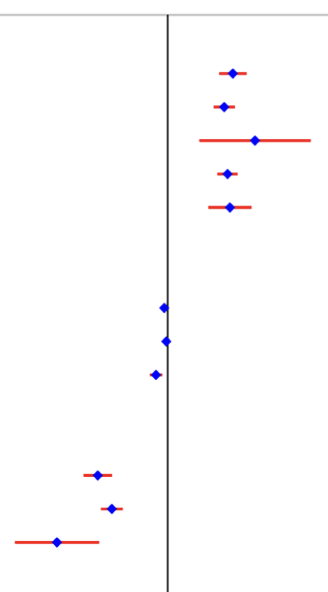Used for managing type 1 diabetes (T1D) in ambulatory children and adolescents, automated insulin delivery (AID) systems are more effective than conventional insulin therapy, a systematic review and meta-analysis shows. Their favorable effects on the percent time in range (TIR), time below range (TBR), and time above range (TAR) persisted in the short and long term.
Randomized controlled trials were identified that used these ranges for the variables under study: TIR, 3.9–10 mmol/L, TBR, <3.9 mmol/L, and TAR, >10 mmol/L. “Twenty-five trials (1,345 participants) were included in the meta-analysis,” the authors write. “AID systems were associated with an increased percentage of TIR (MD, 11.38% [95% CI 9.01–13.76], P < 0.001; high certainty). The favorable effect was consistent whether AID was used over 3 months (10.46% [8.71–12.20]) or 6 months (10.87% [7.11–14.63]). AID systems had a favorable effect on the proportion of TBR (−0.59% [−1.02 to −0.15], P = 0.008; low certainty) or TAR (−12.19% [−14.65 to −9.73], P < 0.001; high certainty) compared with control treatment.”
Editorial: “In contrasting current AID data with the historical perspective of [continuous glucose monitoring (CGM)], a clear and familiar narrative emerges,” an editorialist writes. “CGM, then, and AID, now, have been and are emerging technologies that are efficacious, have broad applicability, and improve the multifaceted lives of youth living with type 1 diabetes and their families—revolutionizing diabetes care. Zeng et al. add to the compelling evidence base on the utility of AID. Clinical care centers, researchers, insurers, and device manufacturers have clear marching orders if we are to not repeat the inequities that led to worsening disparities in the last decade. The solutions to advance equity are multilayered, offering an opportunity for all within the diabetes world to engage and make a concerted effort to increase both CGM and insulin pump use, and thereby AID. Learning from lessons of the past, we have the opportunity to make AID uptake and use a model for health equity.”

